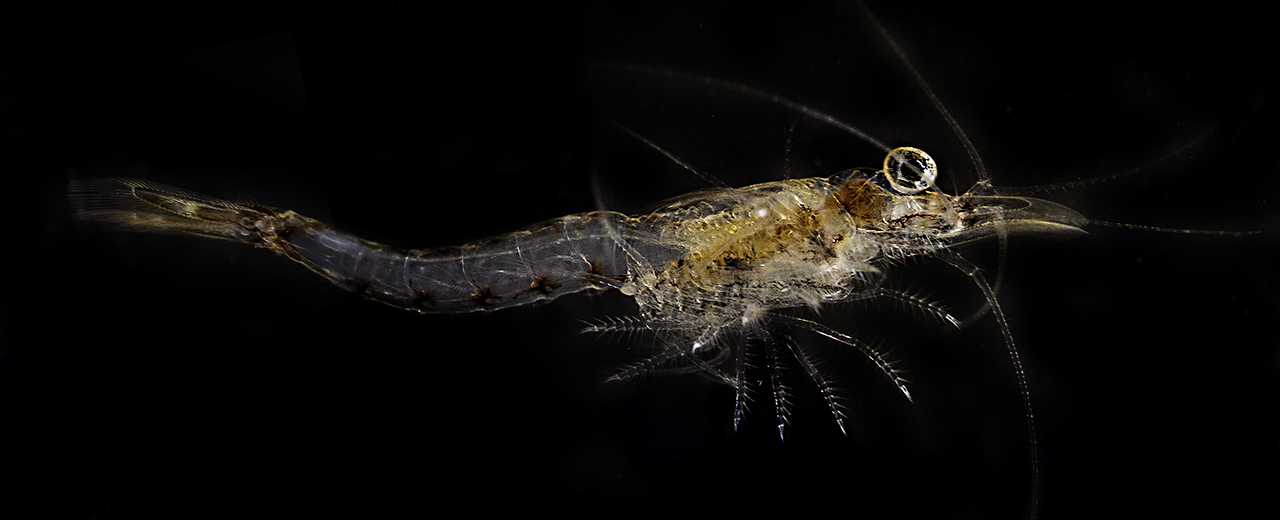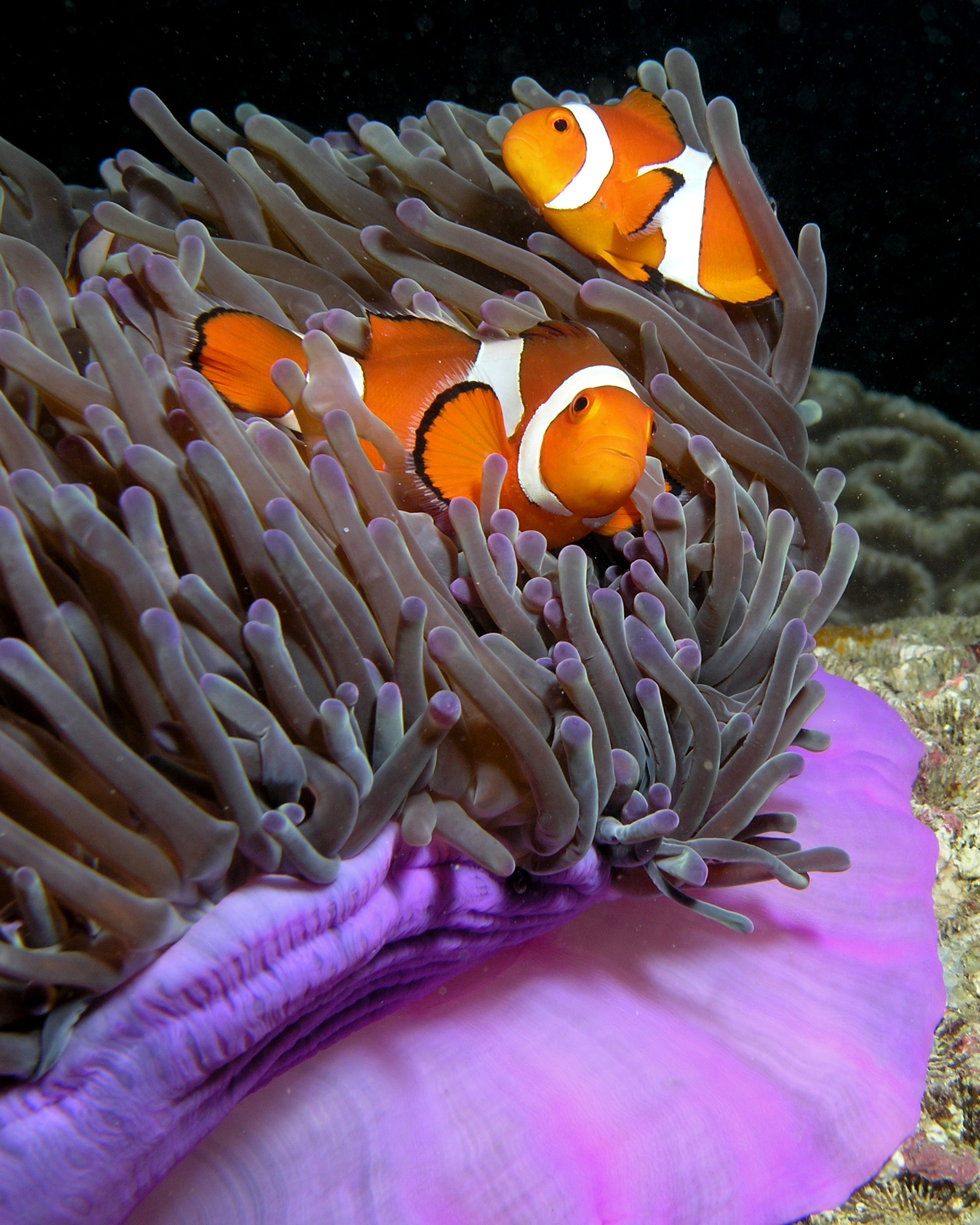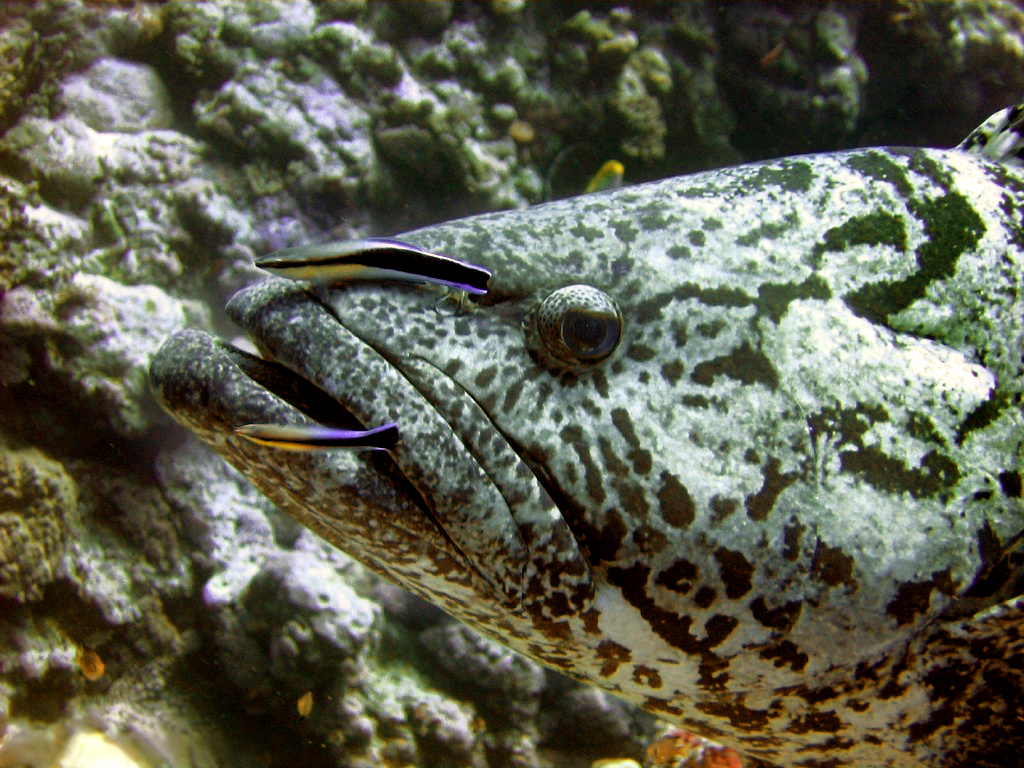|
Bicolor Angelfish
The bicolor angelfish (''Centropyge bicolor'') is a marine species of fish, easily recognizable by its yellow tail, yellow front half of their body, and blue rear with blue patterns above and around the eye. Other names of this angelfish include: Pacific rock beauty, oriole angelfish, oriole dwarf angel, blue and gold angel, and two-colored angel.Depriest, Brian, et al. “Bicolor Angelfish.” SaltwaterFish, 2 Aug. 2014, www.saltwaterfish.com/product-bicolor-angelfish-a The life expectancy of this fish in the wild varies greatly, depending on location, and ranges between 5 and 13 years. These fish tend to grow to a maximum of 6 inches in length. The larval stages lasts approximately 32 days. Distribution and habitat The bicolor angelfish species is most commonly found in the Indo-Pacific region: including East Africa, southern Japan, Australia, the Philippines and Fiji. They live at a depth range from 1 to 25 meters, most commonly on reef slopes, coral areas, lagoons, and near ... [...More Info...] [...Related Items...] OR: [Wikipedia] [Google] [Baidu] |
Marcus Elieser Bloch
Marcus Elieser Bloch (1723–1799) was a German physician and naturalist who is best known for his contribution to ichthyology through his multi-volume catalog of plates illustrating the fishes of the world. Brought up in a Hebrew-speaking Jewish family, he learned German and Latin and studied anatomy before settling in Berlin as a physician. He amassed a large natural history collection, particularly of fish specimens. He is generally considered one of the most important ichthyologists of the 18th century, and wrote many papers on natural history, comparative anatomy, and physiology. Life Bloch was born at Ansbach in 1723 where his father was a Torah writer and his mother owned a small shop. Educated at home in Hebrew literature he became a private tutor in Hamburg for a Jewish surgeon. Here he learned German, Latin and anatomy. He then studied medicine in Berlin and received a doctorate in 1762 from Frankfort on the Oder with a treatise on skin disorders. He then became a gen ... [...More Info...] [...Related Items...] OR: [Wikipedia] [Google] [Baidu] |
Bicolor Angelfish-Feeding-Apparatus , an early method of filming in color
{{disambiguation ...
Bicolor or bicolour may refer to: * Bicolour (flag), a flag of two color bands ** Bicolour, the flag of Haiti ** in the widest sense, any flag design with two colors, see List of flags by number of colors#2 * Bicolor cat, or piebald cat, a cat with white fur and fur of some other color See also * * , including a number of biological species * Two Colours (other) * Bipack color In bipack color photography for motion pictures, two strips of black-and-white 35 mm film, running through the camera emulsion to emulsion, are used to record two regions of the color spectrum, for the purpose of ultimately printing the images, ... [...More Info...] [...Related Items...] OR: [Wikipedia] [Google] [Baidu] |
Crustacean
Crustaceans (Crustacea, ) form a large, diverse arthropod taxon which includes such animals as decapods, seed shrimp, branchiopods, fish lice, krill, remipedes, isopods, barnacles, copepods, amphipods and mantis shrimp. The crustacean group can be treated as a subphylum under the clade Mandibulata. It is now well accepted that the hexapods emerged deep in the Crustacean group, with the completed group referred to as Pancrustacea. Some crustaceans ( Remipedia, Cephalocarida, Branchiopoda) are more closely related to insects and the other hexapods than they are to certain other crustaceans. The 67,000 described species range in size from '' Stygotantulus stocki'' at , to the Japanese spider crab with a leg span of up to and a mass of . Like other arthropods, crustaceans have an exoskeleton, which they moult to grow. They are distinguished from other groups of arthropods, such as insects, myriapods and chelicerates, by the possession of biramous (two-parted) l ... [...More Info...] [...Related Items...] OR: [Wikipedia] [Google] [Baidu] |
Brine Shrimp
''Artemia'' is a genus of aquatic crustaceans also known as brine shrimp. It is the only genus in the family Artemiidae. The first historical record of the existence of ''Artemia'' dates back to the first half of the 10th century AD from Urmia Lake, Iran, with an example called by an Iranian geographer an "aquatic dog," although the first unambiguous record is the report and drawings made by Schlösser in 1757 of animals from Lymington, England. ''Artemia'' populations are found worldwide in inland saltwater lakes, but not in oceans. ''Artemia'' are able to avoid cohabiting with most types of predators, such as fish, by their ability to live in waters of very high salinity (up to 25%). The ability of the ''Artemia'' to produce dormant eggs, known as cysts, has led to extensive use of ''Artemia'' in aquaculture. The cysts may be stored indefinitely and hatched on demand to provide a convenient form of live feed for larval fish and crustaceans. Nauplii of the brine shrimp ''Arte ... [...More Info...] [...Related Items...] OR: [Wikipedia] [Google] [Baidu] |
Mysis Shrimp
Mysida is an order (biology), order of small, shrimp-like crustaceans in the malacostracan superorder Peracarida. Their common name opossum shrimps stems from the presence of a Brood pouch (Peracarida), brood pouch or "marsupium" in females. The fact that the Crustacean larvae, larvae are reared in this pouch and are not Motility, free-swimming characterises the order. The mysid's head bears a pair of stalked eyes and two pairs of antennae. The thorax consists of eight segments each bearing branching limbs, the whole concealed beneath a protective carapace and the abdomen has six segments and usually further small limbs. Mysids are found throughout the world in both shallow and deep marine waters where they can be Benthos, benthic or pelagic, but they are also important in some fresh water and brackish water, brackish ecosystems. Many benthic species make Diel vertical migration, daily vertical migrations into higher parts of the water column. Mysids are filter feeders, omnivores ... [...More Info...] [...Related Items...] OR: [Wikipedia] [Google] [Baidu] |
Tunicate
A tunicate is a marine invertebrate animal, a member of the subphylum Tunicata (). It is part of the Chordata, a phylum which includes all animals with dorsal nerve cords and notochords (including vertebrates). The subphylum was at one time called Urochordata, and the term urochordates is still sometimes used for these animals. They are the only chordates that have lost their myomeric segmentation, with the possible exception of the 'seriation of the gill slits'. Some tunicates live as solitary individuals, but others replicate by budding and become colonies, each unit being known as a zooid. They are marine filter feeders with a water-filled, sac-like body structure and two tubular openings, known as siphons, through which they draw in and expel water. During their respiration and feeding, they take in water through the incurrent (or inhalant) siphon and expel the filtered water through the excurrent (or exhalant) siphon. Most adult tunicates are sessile, immobile an ... [...More Info...] [...Related Items...] OR: [Wikipedia] [Google] [Baidu] |
Harem
Harem ( Persian: حرمسرا ''haramsarā'', ar, حَرِيمٌ ''ḥarīm'', "a sacred inviolable place; harem; female members of the family") refers to domestic spaces that are reserved for the women of the house in a Muslim family. A harem may house a man's wife or wives, their pre-pubescent male children, unmarried daughters, female domestic servants, and other unmarried female relatives. In harems of the past, slave concubines were also housed in the harem. In former times some harems were guarded by eunuchs who were allowed inside. The structure of the harem and the extent of monogamy or polygamy has varied depending on the family's personalities, socio-economic status, and local customs. Similar institutions have been common in other Mediterranean and Middle Eastern civilizations, especially among royal and upper-class families, and the term is sometimes used in other contexts. In traditional Persian residential architecture the women's quarters were known as '' anda ... [...More Info...] [...Related Items...] OR: [Wikipedia] [Google] [Baidu] |
Protogynous Hermaphrodite
Sequential hermaphroditism (called dichogamy in botany) is a type of hermaphroditism that occurs in many fish, gastropods, and plants. Sequential hermaphroditism occurs when the individual changes its sex at some point in its life. In particular, a sequential hermaphrodite produces eggs (female gametes) and sperm (male gametes) at different stages in life. Species that can undergo these changes from one sex to another do so as a normal event within their reproductive cycle that is usually cued by either social structure or the achievement of a certain age or size. In animals, the different types of change are male to female (protandry or protandrous hermaphroditism), female to male (protogyny or protogynous hermaphroditism), bidirectional (serial or bidirectional hermaphroditism). Both protogynous and protandrous hermaphroditism allow the organism to switch between functional male and functional female. Bidirectional hermaphrodites have the capacity for sex change in either direc ... [...More Info...] [...Related Items...] OR: [Wikipedia] [Google] [Baidu] |
Cleaner Fish
Cleaner fish are fish that show a specialist feeding strategy by providing a service to other species, referred to as clients, by removing dead skin, ectoparasites, and infected tissue from the surface or gill chambers. This example of cleaning symbiosis represents mutualism and cooperation behaviour, an ecological interaction that benefits both parties involved. However, the cleaner fish may consume mucus or tissue, thus creating a form of parasitism called cheating. The client animals are typically fish of a different species, but can also be aquatic reptiles (sea turtles and marine iguana), mammals (manatees and whales), or octopuses. A wide variety of fish including wrasse, cichlids, catfish, pipefish, lumpsuckers, and gobies display cleaning behaviors across the globe in fresh, brackish, and marine waters but specifically concentrated in the tropics due to high parasite density. Similar behaviour is found in other groups of animals, such as cleaner shrimps. There are tw ... [...More Info...] [...Related Items...] OR: [Wikipedia] [Google] [Baidu] |
Spirulina (genus)
''Spirulina'' is a genus of cyanobacteria. Species * ''Spirulina abbreviata'' * ''Spirulina agilis'' * ''Spirulina agilissima'' * ''Spirulina albida'' * ''Spirulina ardissoni'' * ''Spirulina baltica'' * '' Spirulina bayannurensis'' * ''Spirulina breviarticulata'' * ''Spirulina cabrerae'' * ''Spirulina caldaria'' * ''Spirulina cavanillesiana'' * '' Spirulina condensata'' * ''Spirulina corakiana'' * ''Spirulina flavovirens'' * '' Spirulina funiformis'' * ''Spirulina gessneri'' * ''Spirulina gomontiana'' * ''Spirulina gomontii'' * '' Spirulina gordiana'' * '' Spirulina gracilis'' * '' Spirulina innatans'' * '' Spirulina labyrinthiformis'' * '' Spirulina laxa'' * '' Spirulina laxissima'' * '' Spirulina legitima'' * '' Spirulina magnifica'' * '' Spirulina major'' * '' Spirulina margaritae'' * ''Spirulina mariae'' * ''Spirulina massartii'' * ''Spirulina maxima'' * ''Spirulina miniata'' * ''Spirulina minima'' * ''Spirulina mukdensis'' * ''Spirulina ... [...More Info...] [...Related Items...] OR: [Wikipedia] [Google] [Baidu] |
Centropyge
''Centropyge'' is a genus of ray-finned fish, marine angelfish belonging to the family Pomacanthidae found in the Atlantic, Indian and Pacific Ocean. These species do not exceed 15 cm in length and live in haremic structures with one dominant male and multiple females. Although it is hard to identify their gender; females are often shorter and more round finned. Like many other reef fish and all marine angelfish, the species in this genus are protogynous hermaphrodite, meaning that they start their adult lives as females and the dominant individual in a group can change to a male within days. A reversal of this sex change is possible if the social status of the individual changes, it is however a process that requires much more time.Hioki, S. & Suzuki, K. (1996): Sex changing from male to female on the way of protogynous process in three ''Centropyge'' angelfishes (Pomacanthidae: Teleostei). ''Bulletin of the Institute of Oceanic Research and Development, Tokai University, 17 ... [...More Info...] [...Related Items...] OR: [Wikipedia] [Google] [Baidu] |
Articles Containing Video Clips
Article often refers to: * Article (grammar), a grammatical element used to indicate definiteness or indefiniteness * Article (publishing), a piece of nonfictional prose that is an independent part of a publication Article may also refer to: Government and law * Article (European Union), articles of treaties of the European Union * Articles of association, the regulations governing a company, used in India, the UK and other countries * Articles of clerkship, the contract accepted to become an articled clerk * Articles of Confederation, the predecessor to the current United States Constitution * Article of Impeachment, a formal document and charge used for impeachment in the United States * Articles of incorporation, for corporations, U.S. equivalent of articles of association * Articles of organization, for limited liability organizations, a U.S. equivalent of articles of association Other uses * Article, an HTML element, delimited by the tags and * Article of clothing, ... [...More Info...] [...Related Items...] OR: [Wikipedia] [Google] [Baidu] |








